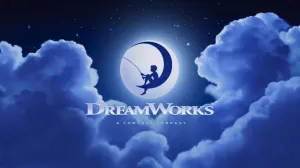The Doomsday Clock, a symbol representative of the likelihood of a man-made global catastrophe that has been keeping track of just how close mankind is to its doom since 1947 will remain at 100 seconds to midnight. On Wednesday, the Bulletin of the Atomic Scientists — the organization that has maintained the Doomsday Clock since its introduction — announced that the symbolic clock will remain set where it has been since 2020, a mark that is the closest to symbolic doom in its more than 70-year history.
Videos by ComicBook.com
Last year, the Bulletin moved the clock from two minutes to midnight — the time representative of catastrophe — to a mere 100 seconds citing at that time an unsustainable global security situation due to a number of factors, including the loosening restrictions on nuclear arms, climate change, information warfare, and others. This year, the clock holds its position for all of the same reasons as last year, but with the addition of the COVID-19 pandemic and what it’s revealed about just how unprepared governments and international systems are to handle global emergencies.
“The lethal and fear-inspiring COVID-19 pandemic serves as a historic ‘wake-up call,’ a vivid illustration that national governments and international organizations are unprepared to manage the truly civilization-ending threats of nuclear weapons and climate change, Bulletin president and CEO Rachel Bronson said in a statement (via CNET).
While the maintained 100 seconds mark is bleak, there are some bright spots. While there wasn’t enough progress since the last update to move the hand back a bit, Bulletin scientists did acknowledge President Biden’s recent executive order to rejoin the Paris Agreement on climate change and offered some steps that world leaders can take to deal with the threats to civilization. You can check out the full report here.
Since its introduction, the Doomsday Clock has become a universally recognized metaphor for the catastrophic threats the world faces and has also become a fixture in popular culture and media. Comic book fans know the clock well thanks to Alan Moore and Dave Gibbons’ Watchmen comic and the various film, television, and comic book spin-offs, sequels, and adaptations. Each January, the Bulletin of Atomic Scientists analyzes the world’s biggest threats to determine where the clock’s hands should be set for another year.
What do you think about the Doomsday Clock remaining at 100 seconds to midnight? Let us know in the comments.








